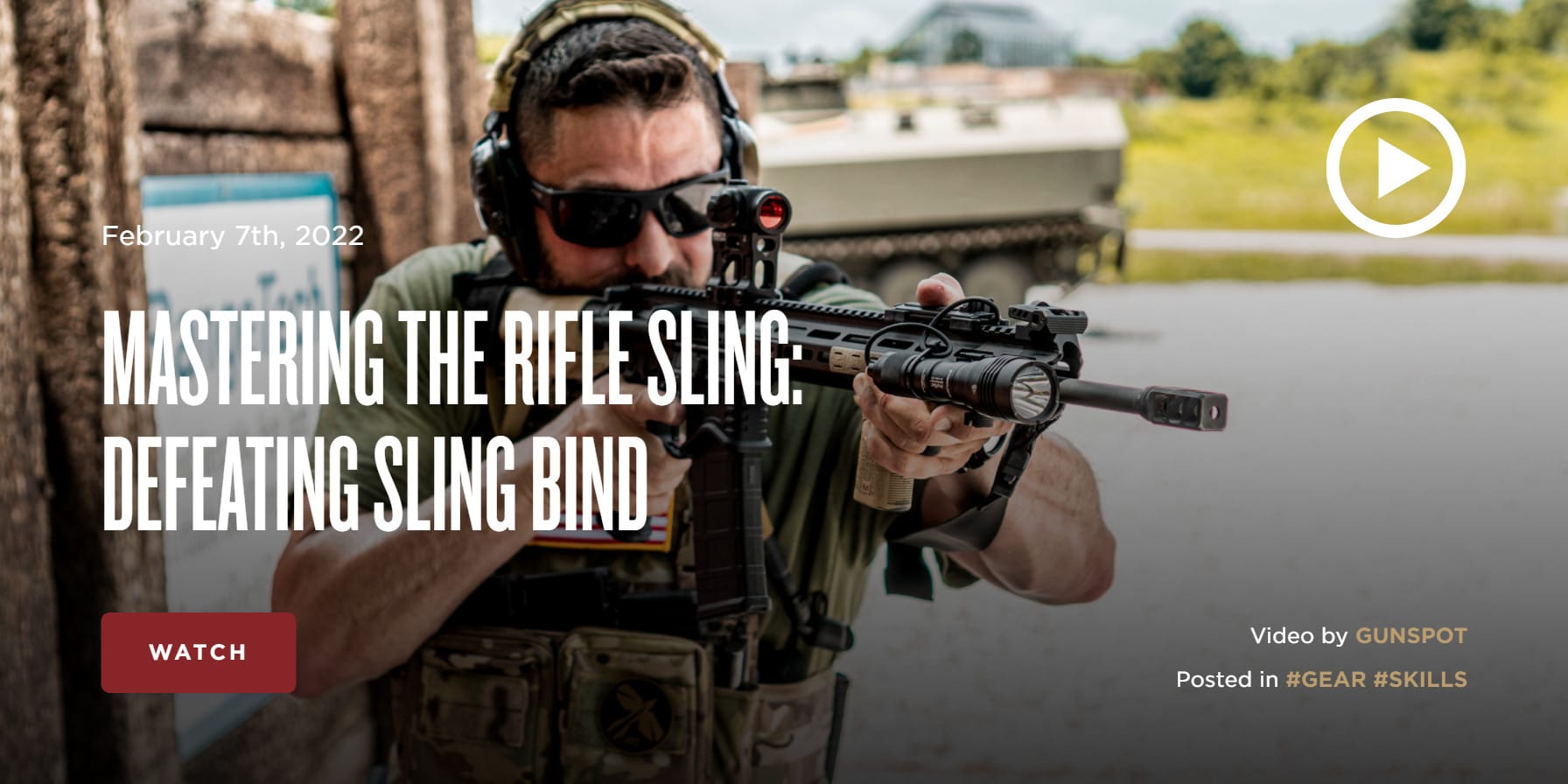Nice article.
Never having had any hunting or LE/mil, or otherwise in-depth experience handling a long-gun, it took me several years of training and practice to really get comfortable with a sling.
I liked the article/video above for presenting those initial, basic, concerns in a clear and easy-to-digest/follow manner, and presented them within a good framework of gear and body-type concerns - as well as presents the choices presented with his personal context.
What I learned over the years is that it's not just about two-point versus single-point (and/or the now archaic three-point). Instead, it's about how the specific features of one setup -or even a particular sling- versus another specifically hinders or enhances that shooter's capabilities: that this is oftentimes very, very personal.
One of my biggest "Ah-ha!" moments came when one of my favorite local instructors, Andrew Blubaugh of Apex Shooting and Tactics, when I asked him for some tips on my then-favorite sling, the Viking Tactics VTAC. At the time, I lamented on the positioning of the lock-release on the VTAC, how I wished for it to be positioned just a little differently, because I had a hard time reaching it with my support hand while the rifle was fully slung. Andrew then asked me if I'd ever trained with Kyle Lamb (he wasn't trying to put me down with this question: I know this instructor well and consider him a friend, and he also knows that I try to get out to train with as many other instructors as possible)? I replied that no, I had not - to which he said "ah, and that's why."

This instructor then demonstrated to me and the rest of the class why the mechanism was placed where it was on "Kyle's sling," and why on his (Andrew's) preferred sling, it is placed differently.
I also though that this article also dovetails well with the author's other previous:
https://www.thearmorylife.com/forum/threads/single-point-sling-pros-and-cons.8843/ 



